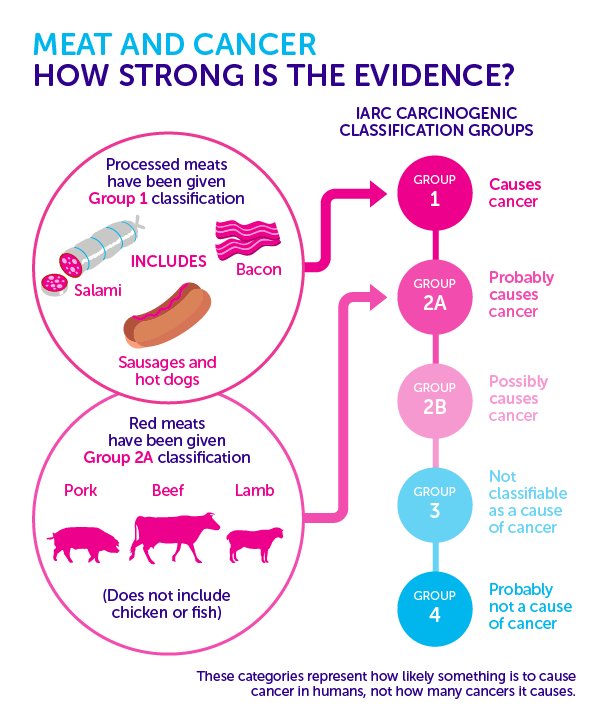Link between viral infeccion and cancer: Prevention of cancer with anti-viral vaccines.
When you hear “virus,” you may think of minor, temporary illnesses, like the cold or 24-hour flu. But some viruses are also linked to certain kinds of cancer. As the medical community has learned more about these links, it has developed vaccines that, by protecting against certain viral infections, help prevent cancer. One of the most prominent examples is the human papillomavirus (HPV) vaccine, which was first developed a little more than a decade ago.
When viruses cause an infection, they spread their DNA, affecting healthy cells’ genetic makeup and potentially causing them to turn into cancer. HPV infections, for instance, cause the virus’ DNA to combine with the host’s DNA, disrupting the normal function of cells. Other viruses, such as human immunodeficiency virus (HIV) and hepatitis C virus (HCV), may increase a person’s risk of developing cancer by affecting the body’s immune system. In most cases, specific viruses only affect specific cells in the body, such as common cold viruses that impact the lining of the nose and throat. That’s why certain viruses are only linked with certain kinds of cancer.
Although most people infected with HPV don’t develop cancer, a few potent strains of the virus cause the vast majority of cervical cancer, the second most common cancer in women worldwide. HPV causes about 98 percent of cervical cancer cases, so it is of high concern. HPV vaccines are highly effective in preventing infection with the types of HPV they target when given before initial exposure to the virus—which means before individuals begin to engage in sexual activity. Phase III clinical trials in young women found that HPV vaccines, Gardasil and Cervarix, can prevent infection with HPV types targeted by the vaccine and prevent the development of precancerous lesions The initial Gardasil study was so successful it was stopped early so that participants in the placebo group could also be offered the vaccine.
Other common types of viruses linked to cancer include:
- The Epstein-Barr virus (EBV), which is a type of herpes virus most commonly associated with causing infectious mononucleosis, or “mono.” EBV infections increase the risk of nasopharingeal cancer, some types of fast-growing lymphomas and some stomach cancer. Like HPV, EBV infections are common, but EBV-related cancer is not.
- Hepatitis B virus (HBV) and HCV, which cause viral hepatitis, a kind of liver infection. HBV- and HCV-induced chronic liver infections are rare, but when they occur, they raise the risk of liver cancer. Less than half of liver cancers in the United States are linked to HBV or HCV infection.
- HIV, which causes acquired immune deficiency syndrome (AIDS). HIV increases the risk for several types of cancer, including Kaposi sarcoma, cervical cancer, non-Hodgkin lymphoma, anal cancer and lung cancer.
Awareness of viruses and their potential connections to cancer has definitely increased over the past decade but many viruses linked to cancer don’t yet have vaccines designed to prevent them. We’ve definitely seen benefits from HPV vaccines and it would be great to see vaccines developed for other viruses in the future.

